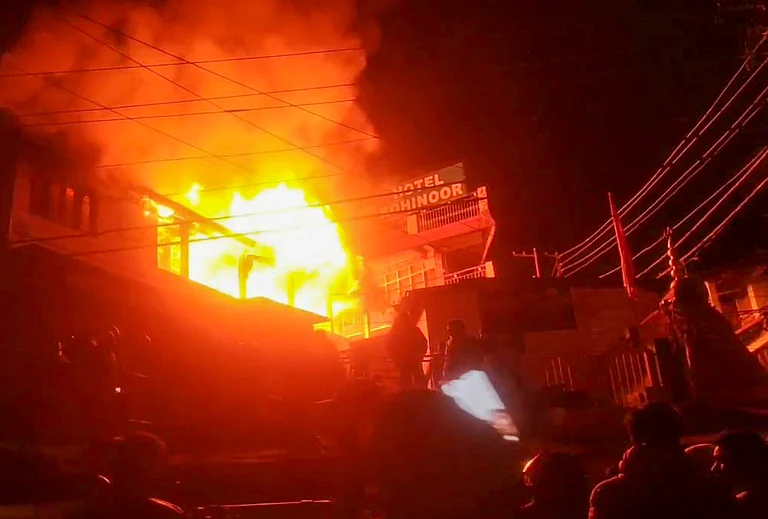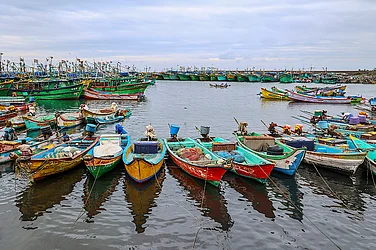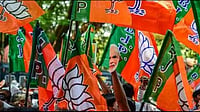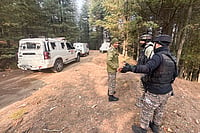At places, you find a truck skidded towards a mountain, and a carefree movement of herds towards Kashmir jamming the Srinagar-Jammu highway. But these seem minor issues as compared to rockslides. The rockslides instil fear among the travellers. However, major tunnelling and bridge work will soon transform travel through the Srinagar-Jammu highway. From Banihal to Ramban, tunnels are coming up, bridges are under construction, and road widening is in continuous progress to make the slide-prone area more accessible.
In April this year, the Union Minister for Highways and Transport, Nitin Gadkari, visited the area. During his visit, the minister inspected a 924-metre-long Banihal-Qazigund tunnel, which will bypass a nearly 3 km landslide and accident-prone area in the Ramban district. Five tunnels have been thrown open between two main major tunnels of Qazigund-Banihal and Chenani-Nashri tunnel and three more tunnels are under construction.
The Chenani-Nashri Tunnel, also known as Dr Syama Prasad Mookerjee Tunnel, became the longest road tunnel project in India when it was opened for traffic in April 2017. The tunnel is between Udhampur and Ramban districts. Built at an altitude of 1,200 meters, the 10.89 km tunnel cuts the travel distance between Jammu and Srinagar by about 40 kilometres and saves over 2 hours of travel time as it bypasses snow- and landslide-prone Kud, Patnitop and Batote on National Highway 44.
The work on the twin-tube tunnel, which is part of the National Highway Authority of India’s (NHAI’s) 286-km-long four-lane project on the highway, started on May 23, 2011, in the lower Himalayan mountain range.
Another major tunnel is an 8.45km long tunnel between Qazigund and Banihal on the Jammu-Srinagar highway. In April last year, Prime Minister Narendra Modi inaugurated the Banihal-Qazigund Road Tunnel, built at a cost of over Rs 3,100 crore. Officials say the tunnel reduces the road distance between Banihal and Qazigund by 16 km and the journey time by around one and a half hours. It is a twin-tube tunnel – one for each direction of travel – with the twin tubes being interconnected by a cross passage every 500m, for maintenance and emergency evacuation.
Bright in Jammu-Udhampur, dark in Kashmir
Gadkari during his visit stated that the three tunnels under construction in Ramban district will be open by next year. He says after their completion, the distance between Jammu to Kashmir will be restricted to three hours. With the government’s focus on under-construction tunnels in the region, the Srinagar-Jammu highway is seen as a key element in rebuilding the economic infrastructure and development. From Udhampur to Jammu, this progress is visible with restaurants, business establishments, and hotels, alongside the road. The Jammu Udhampur Highway is a 64.5-kilometre, four-lane road connecting the cities of Jammu and Udhampur. The highway includes four twin tube tunnels totalling a length of 1.4 km. The project consists of complicated structures including 67 bridges and viaducts.
As night falls, Jammu-Udhampur is brightly lit with cat’s eyes and highway lights. Unlike the well-lit and smoothly paved road from Jammu-Udhampur, the Srinagar-Qazigund highway is a stark contrast and one gets a feeling of being in Kashmir. It is shrouded in darkness, there are no highway lights, no cat eyes to guide the way. In the darkness, at times security men point you to be side for a security check.


























